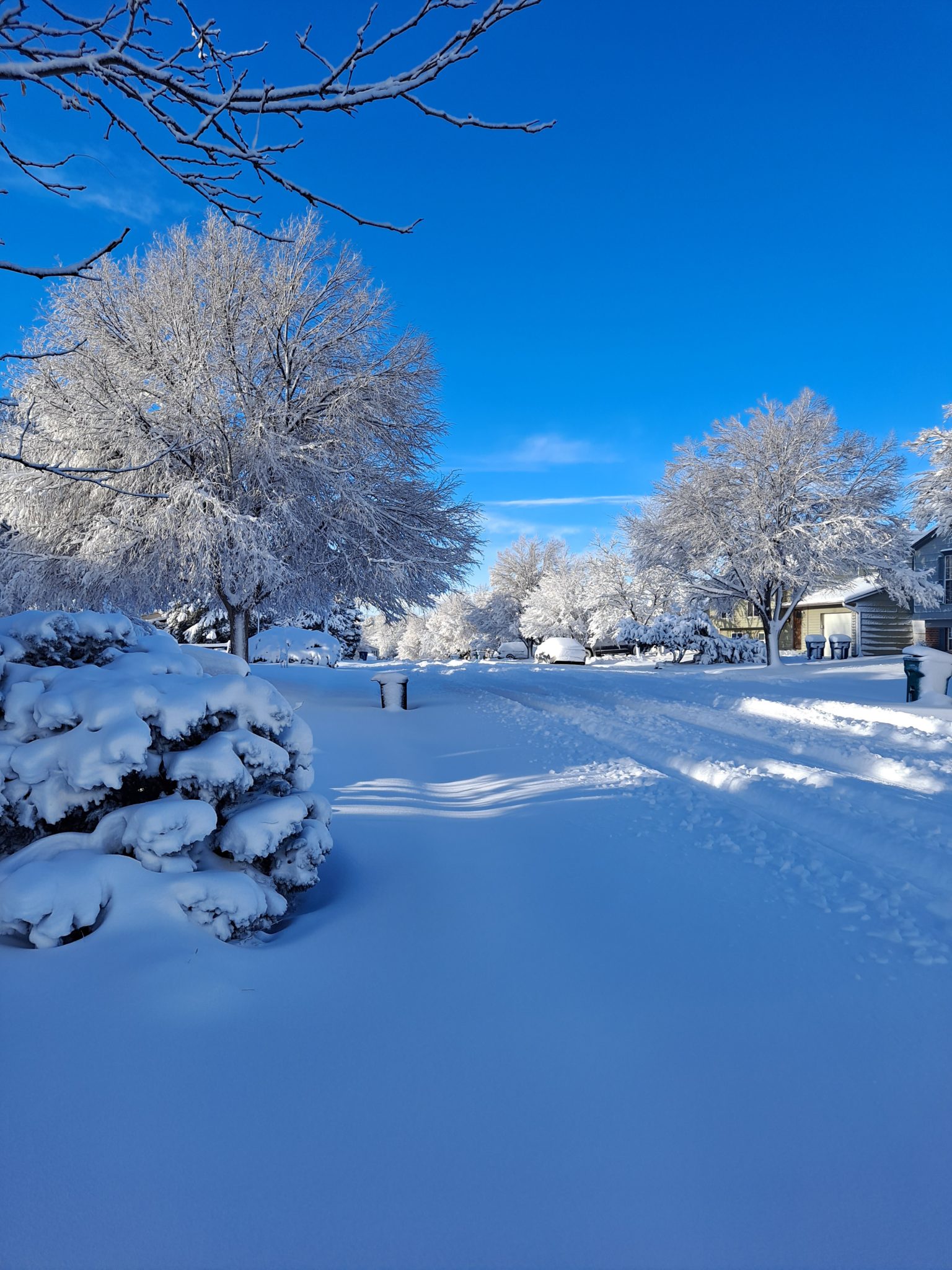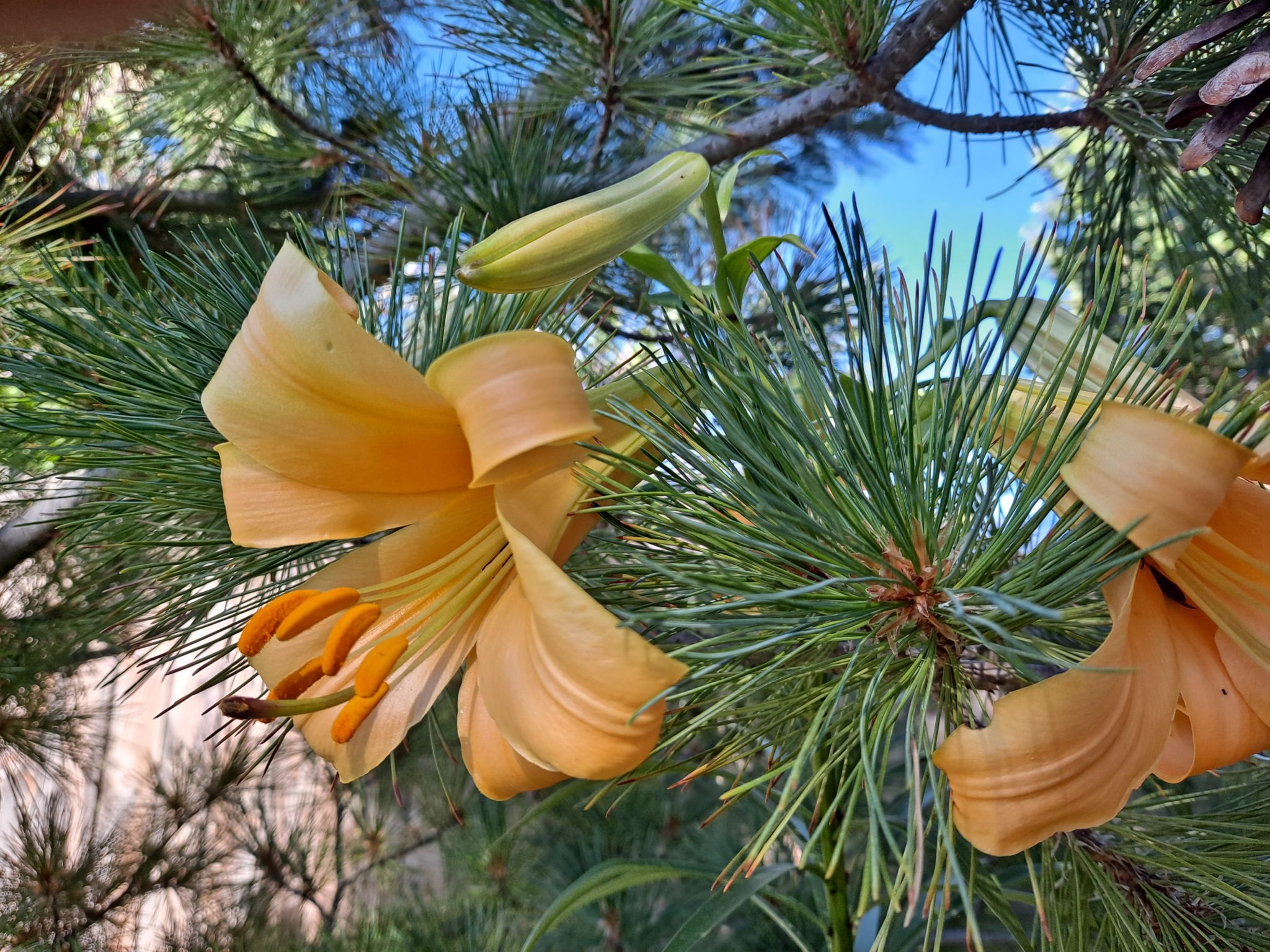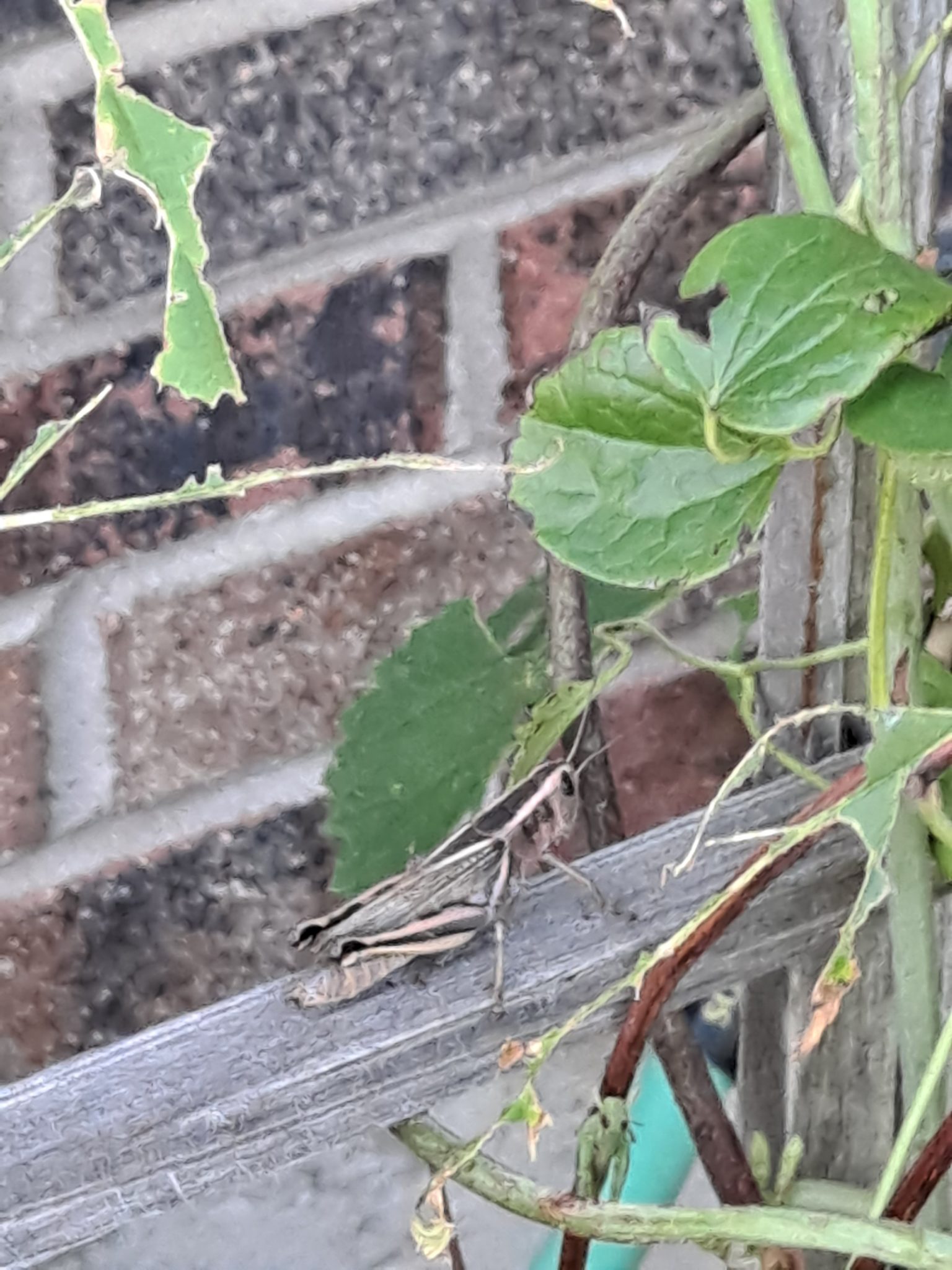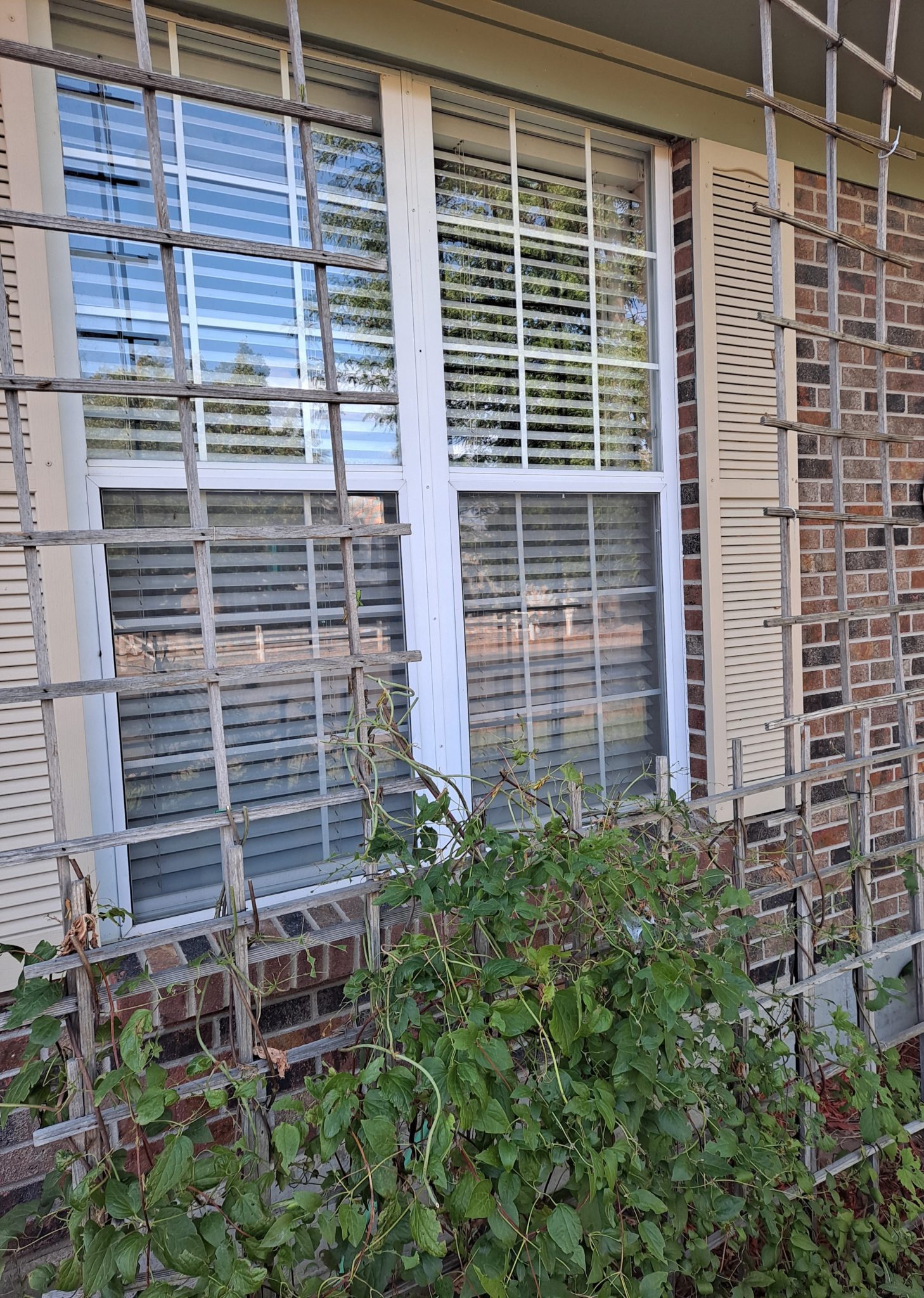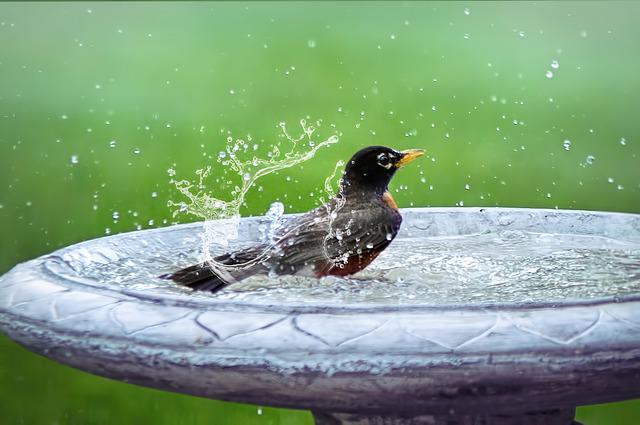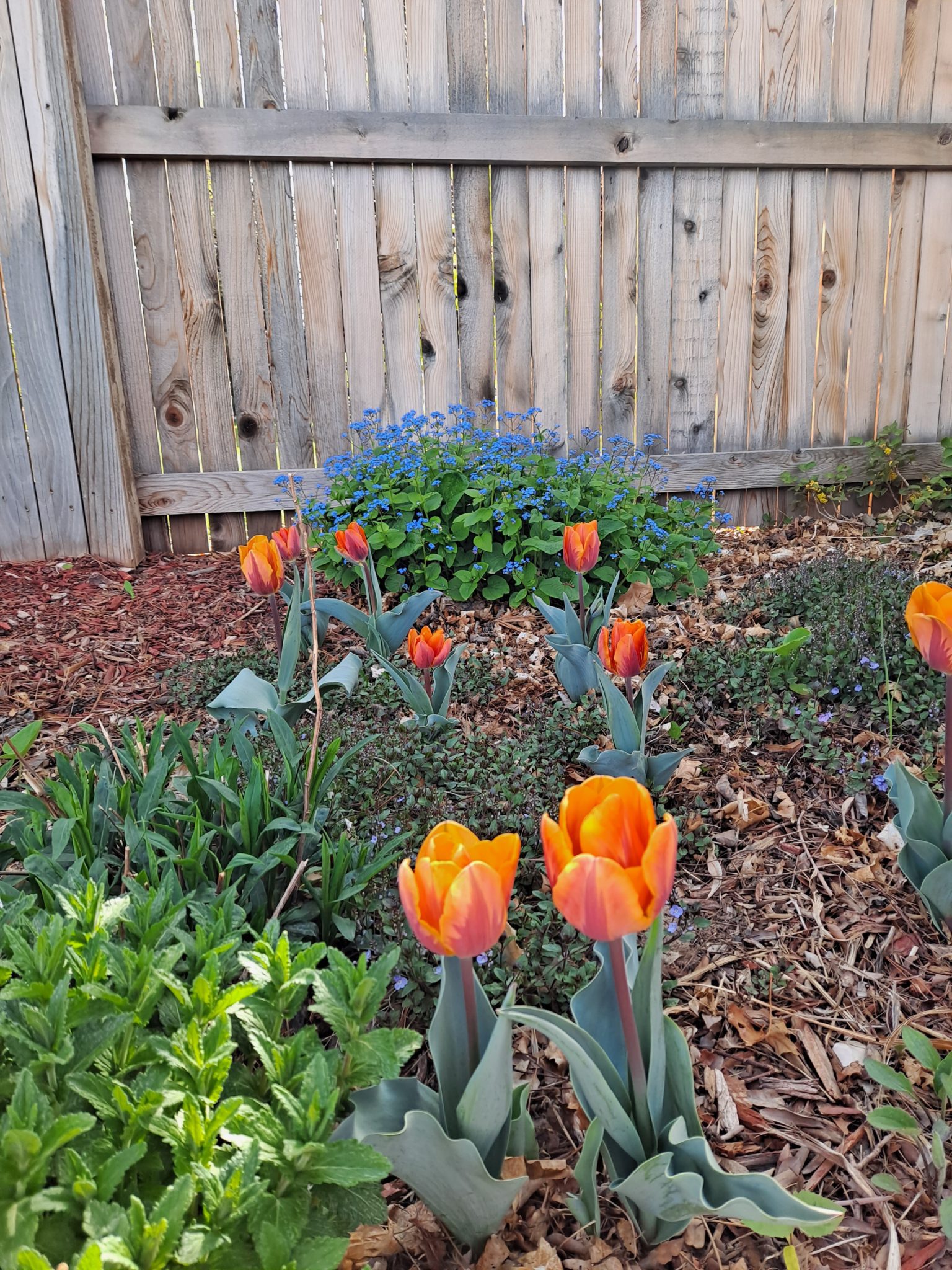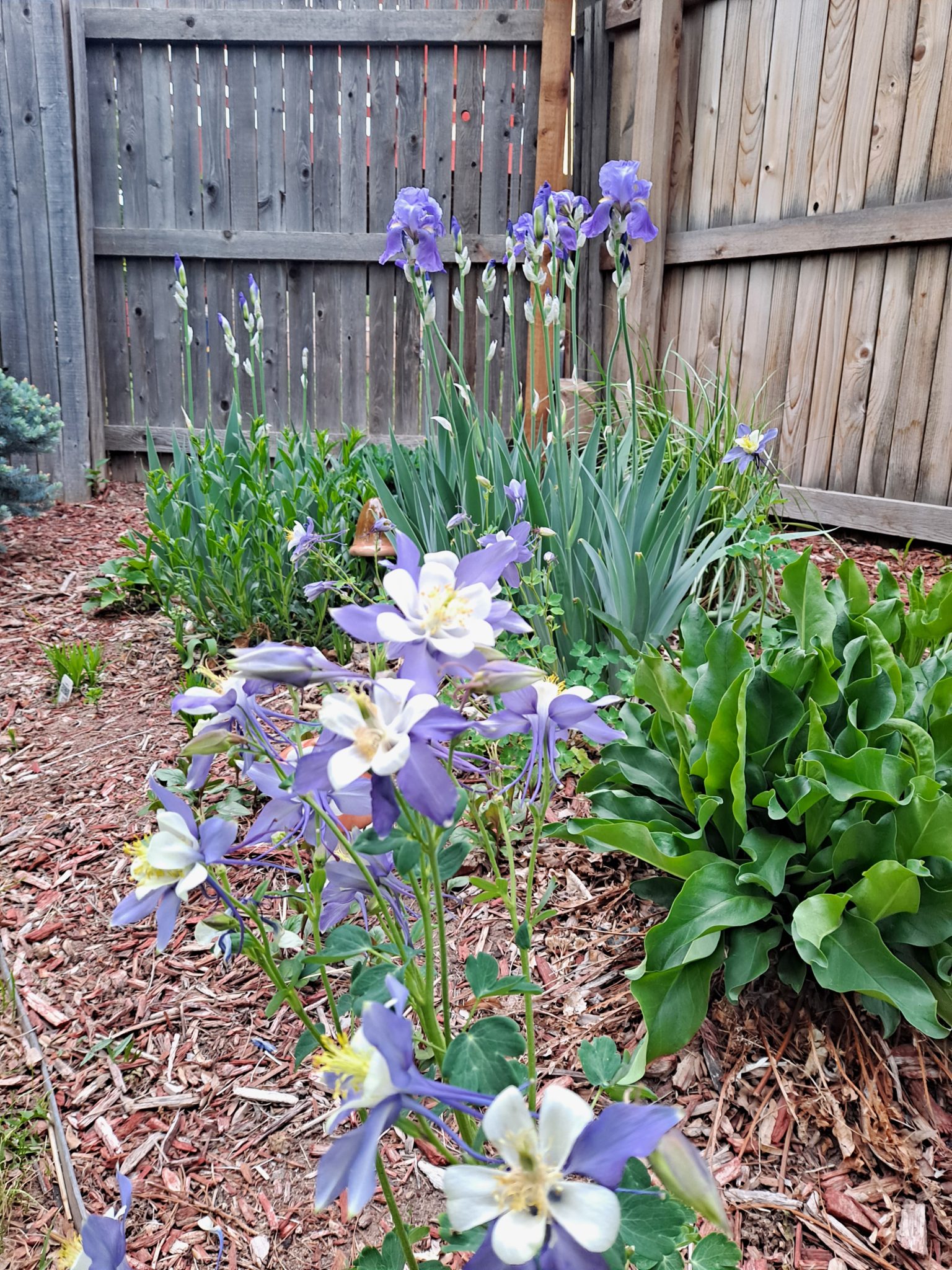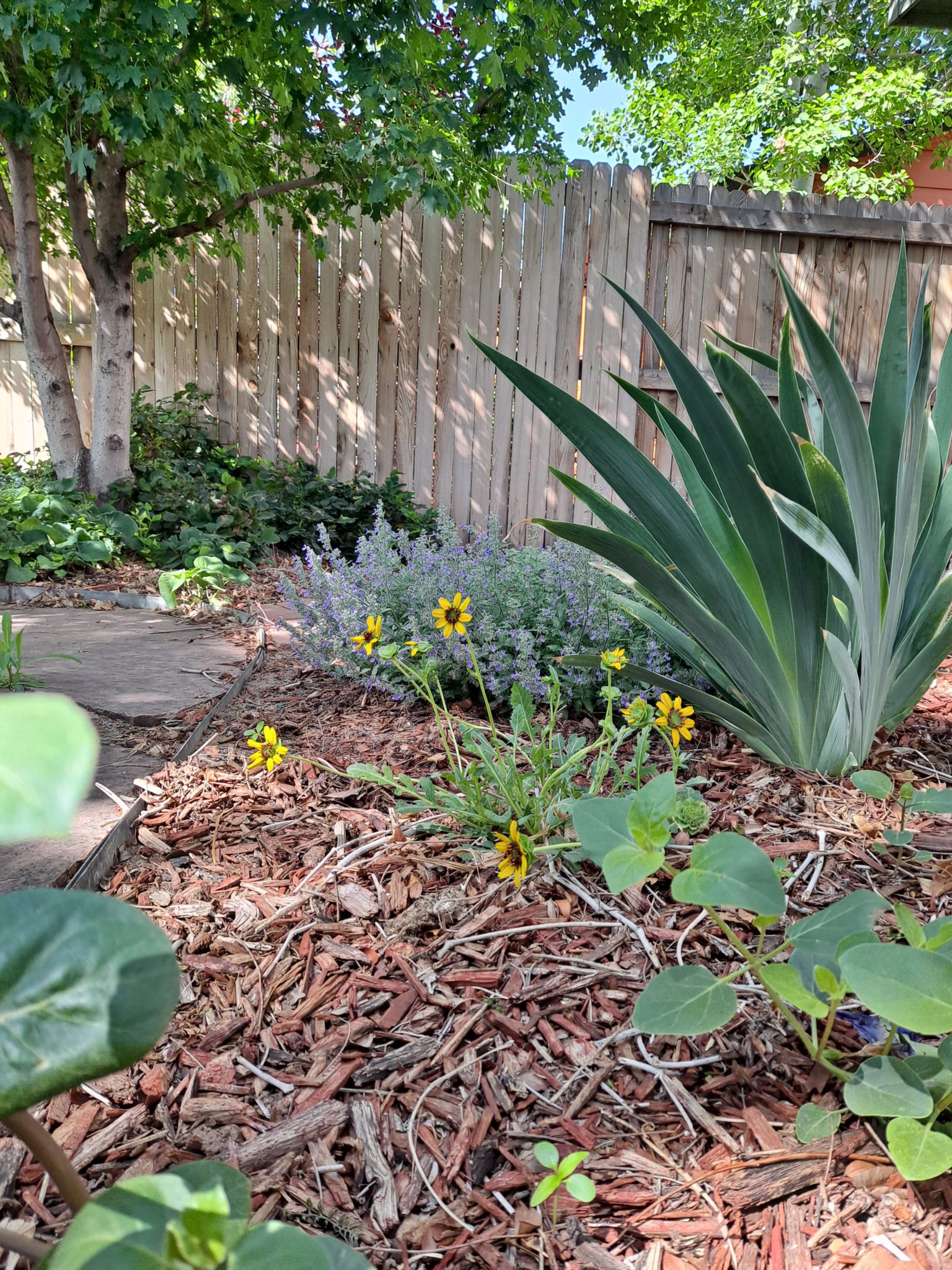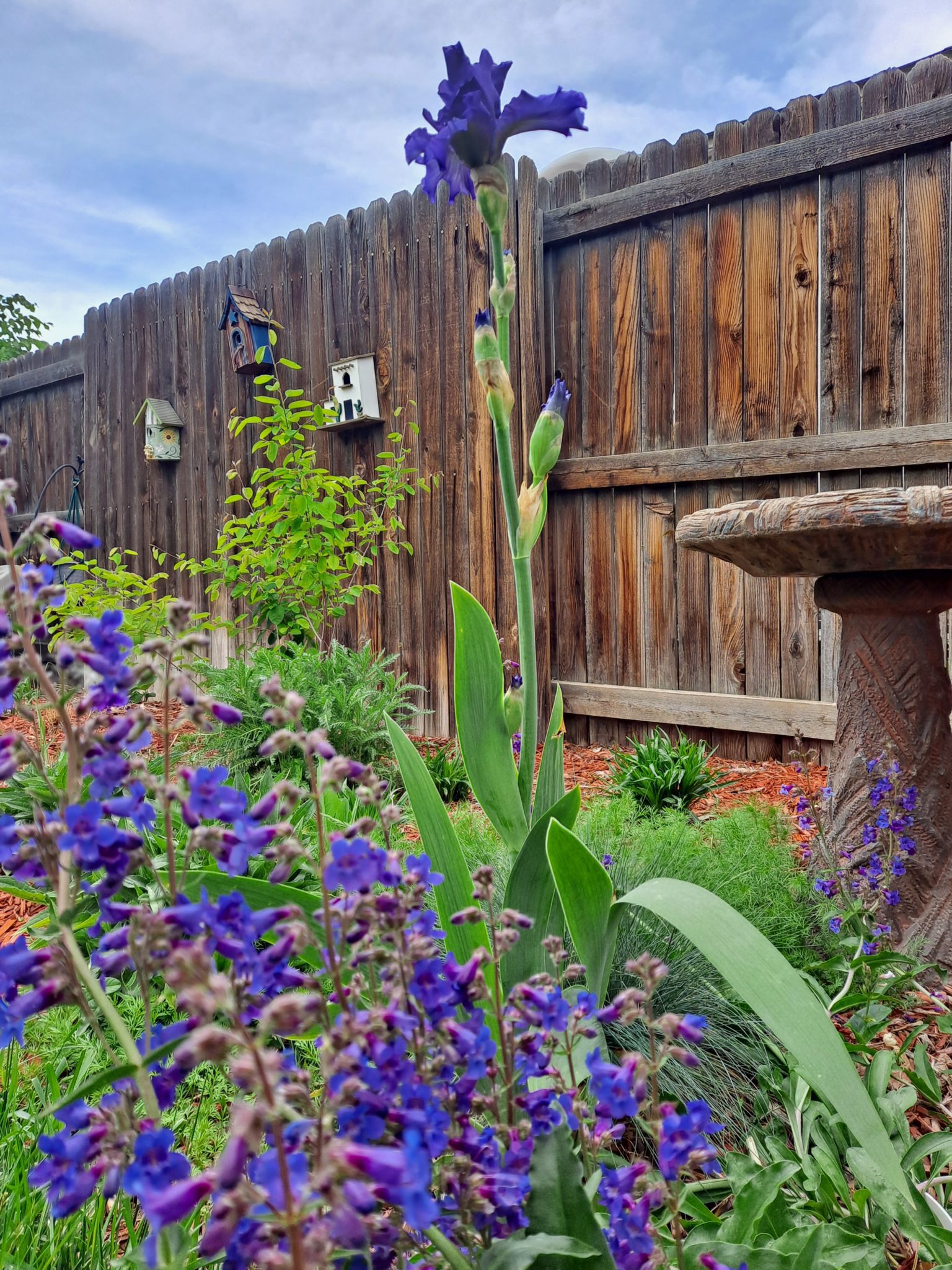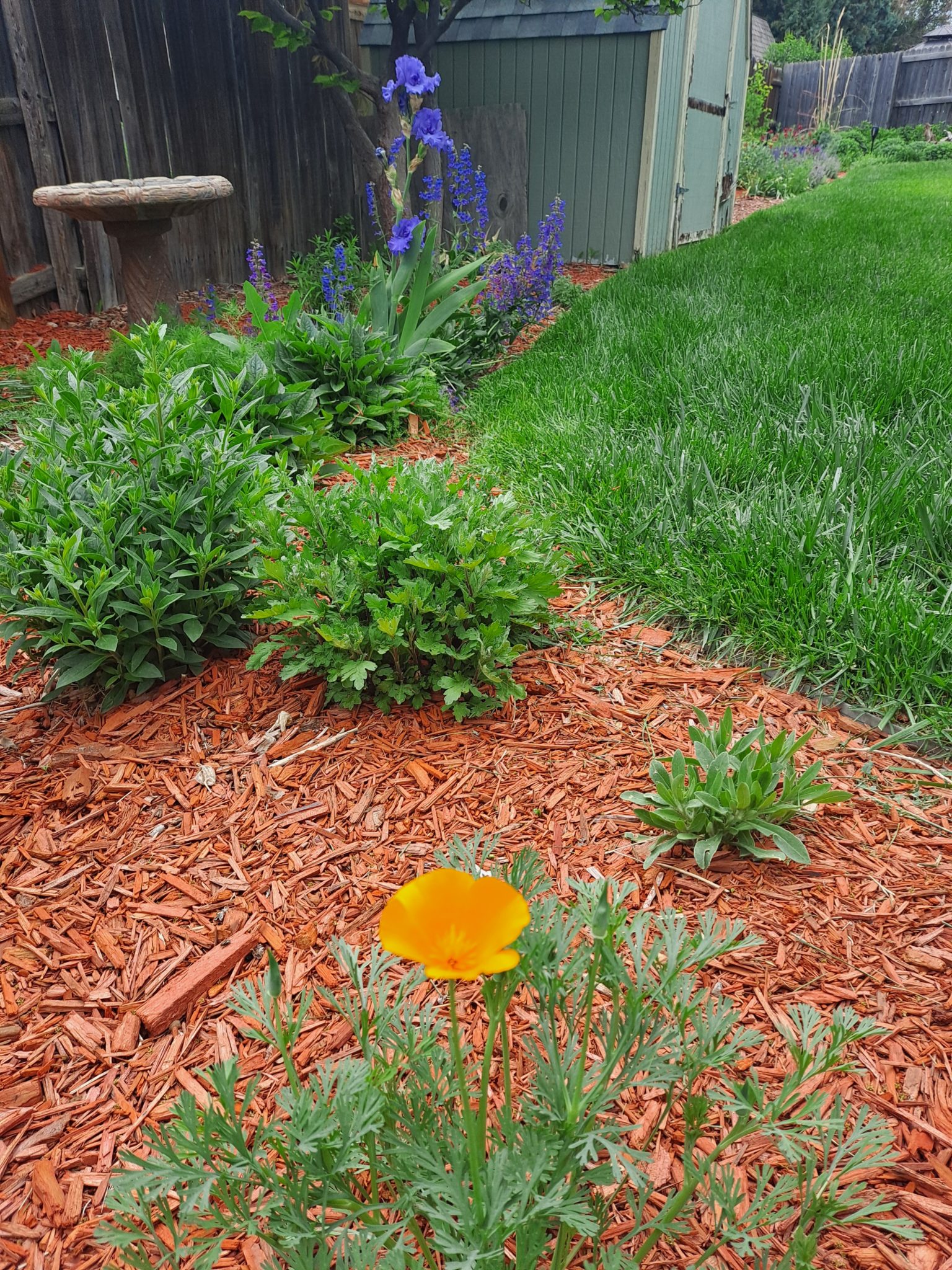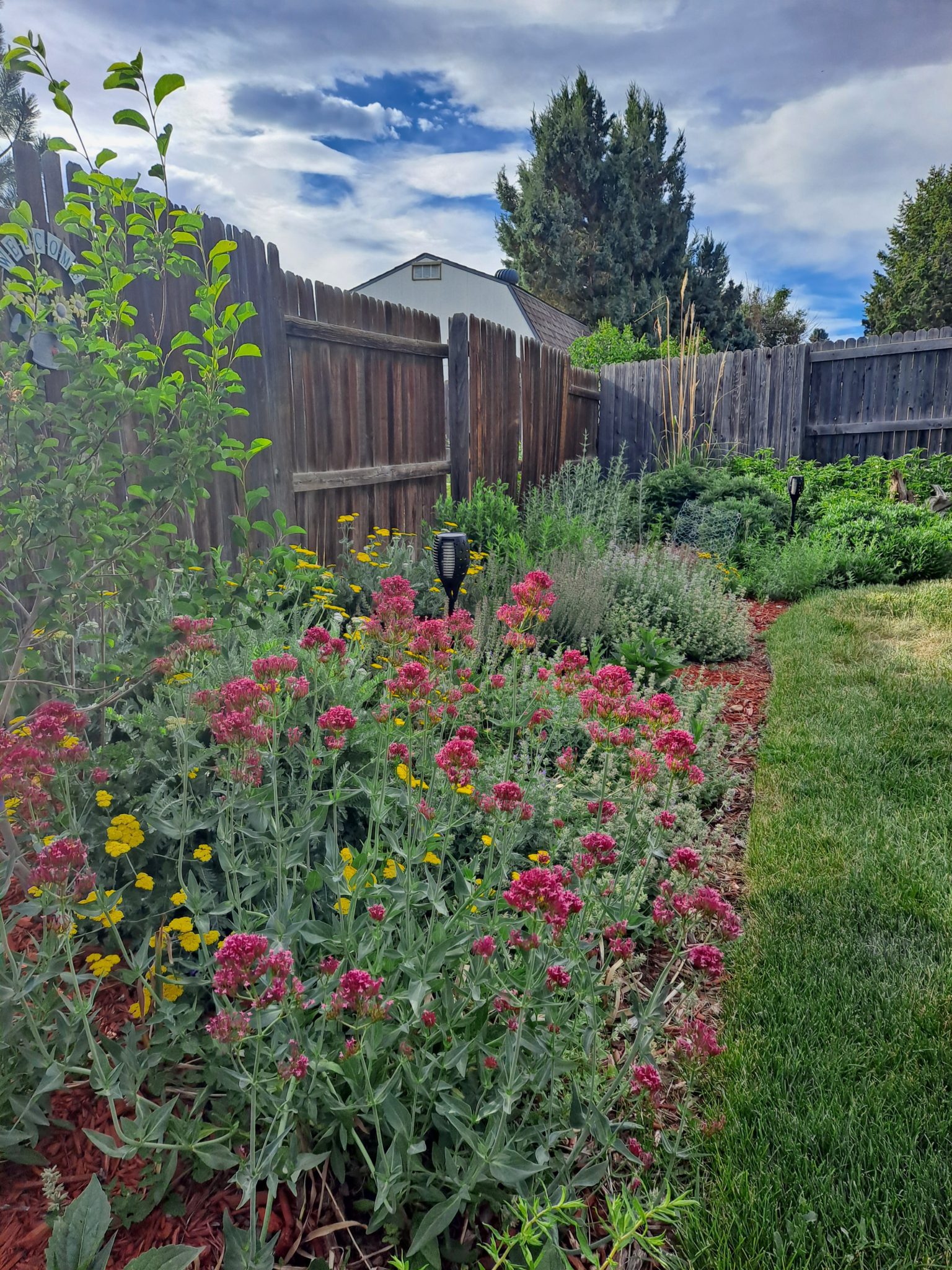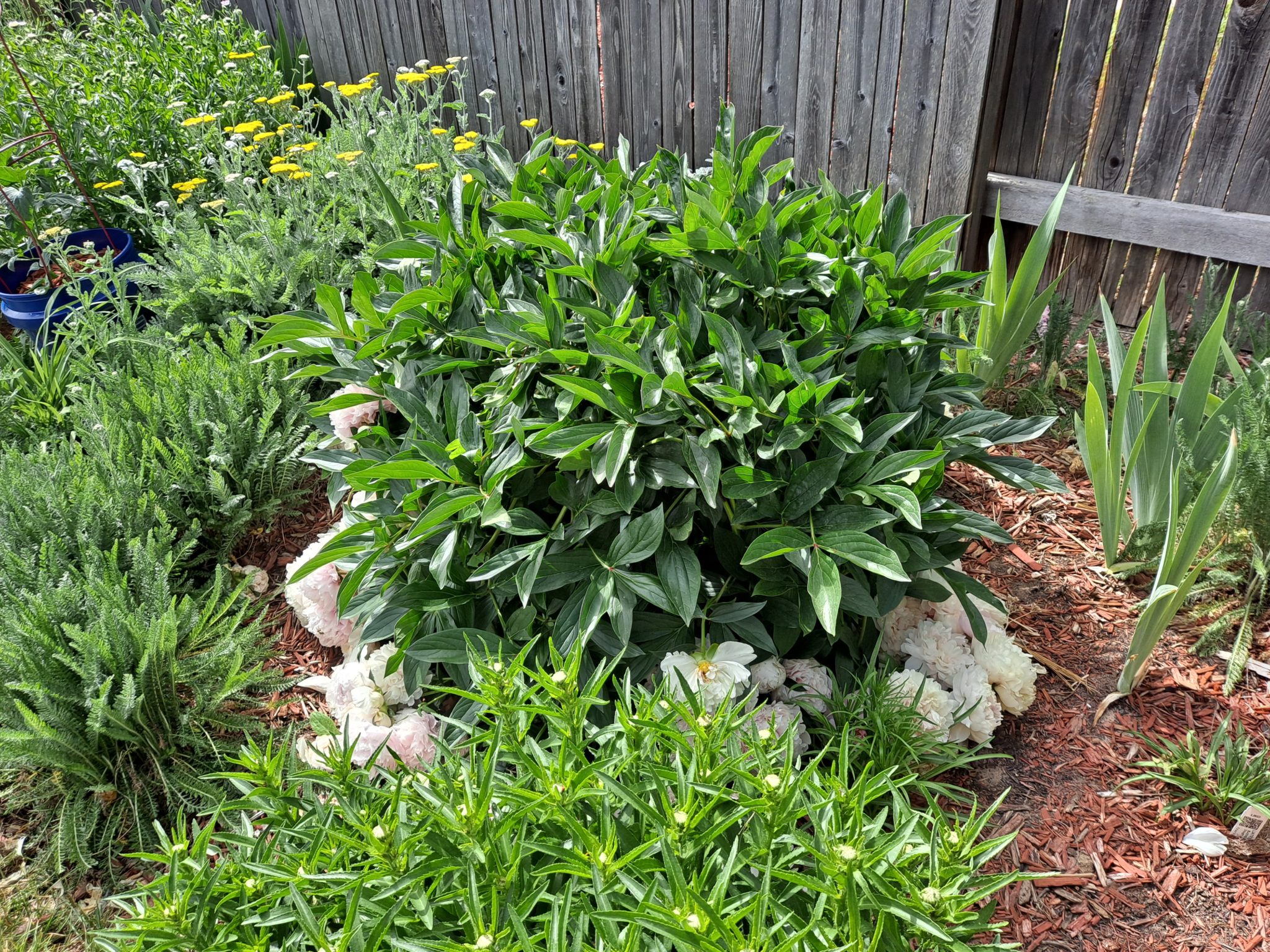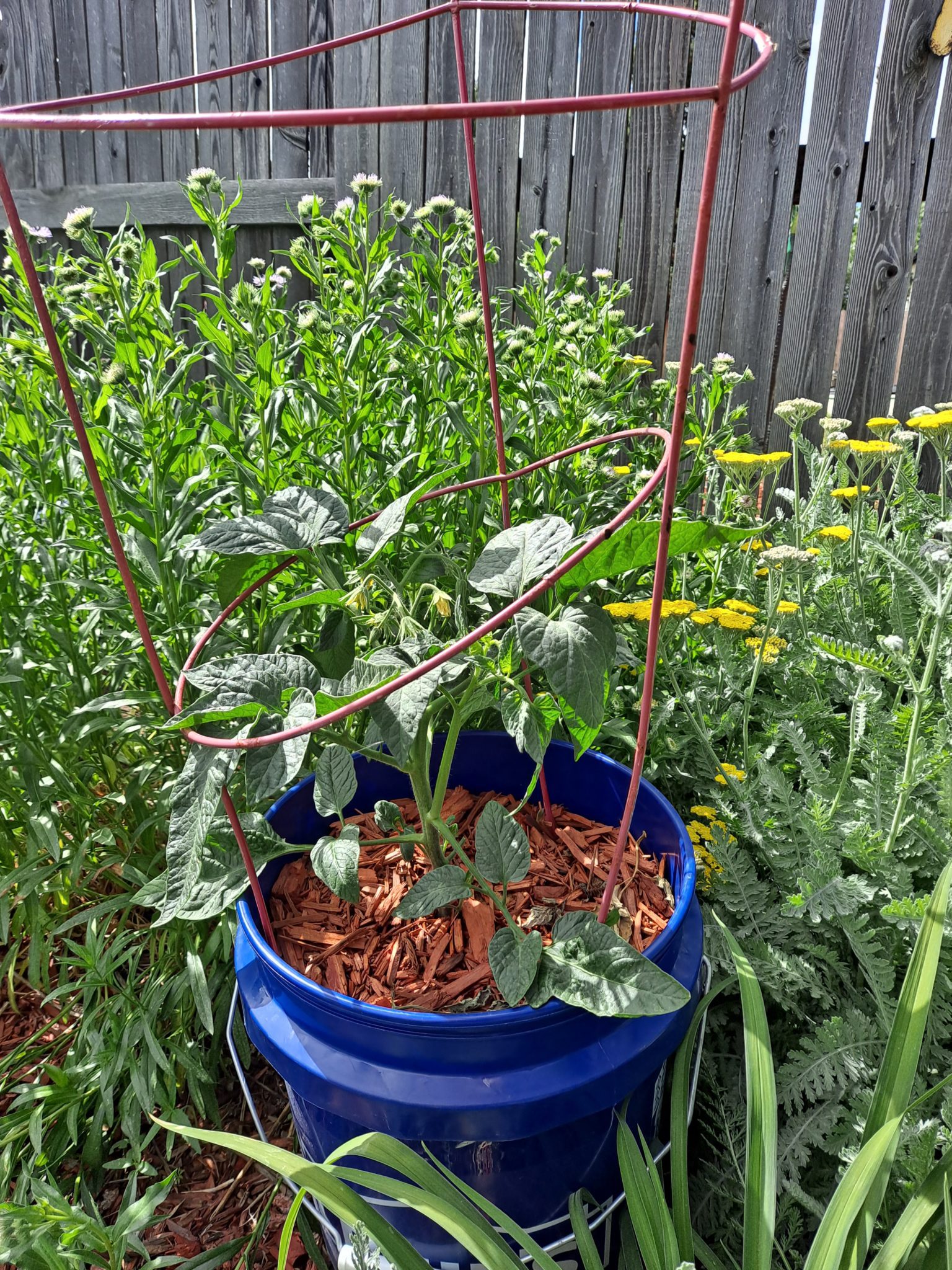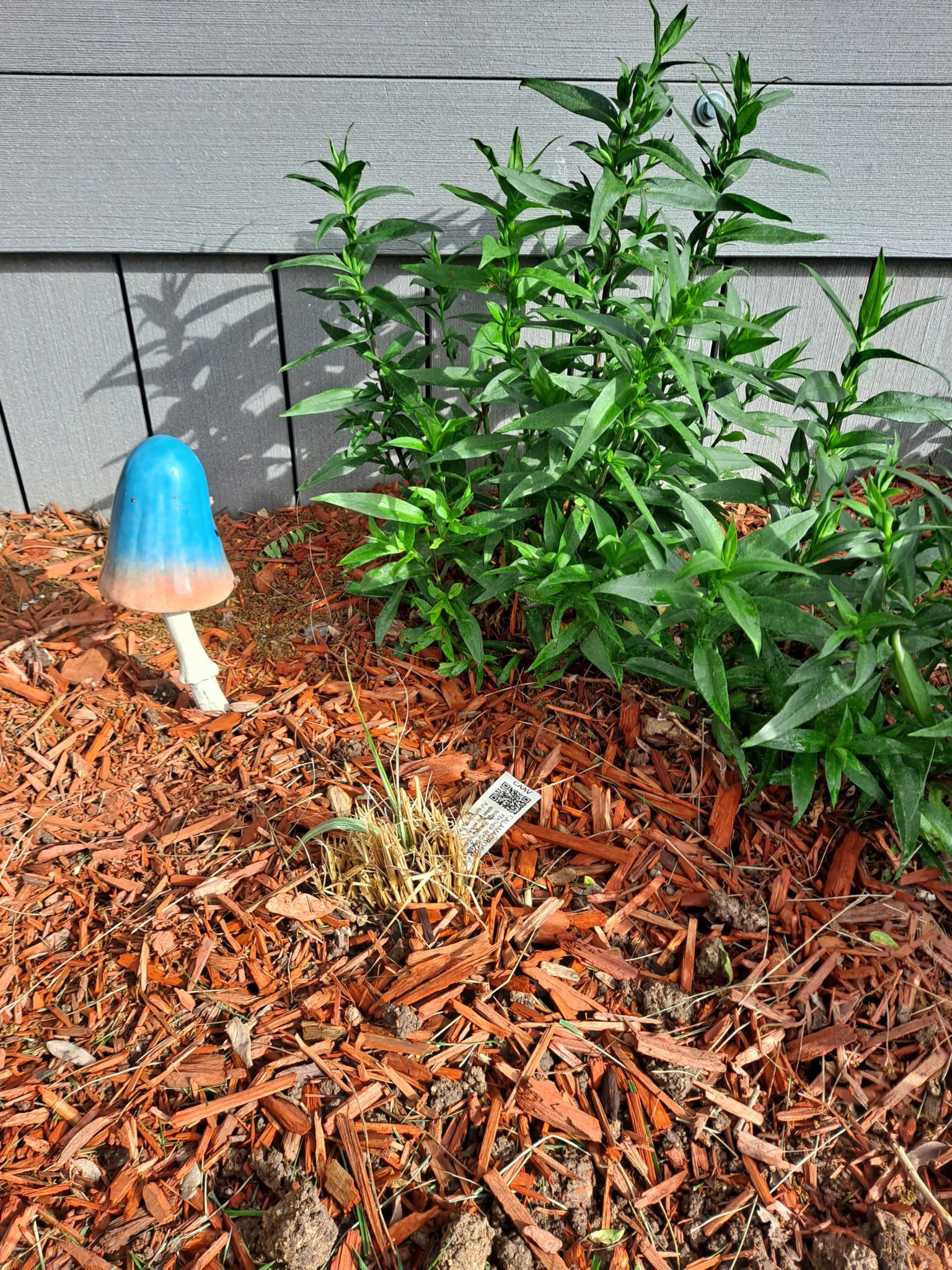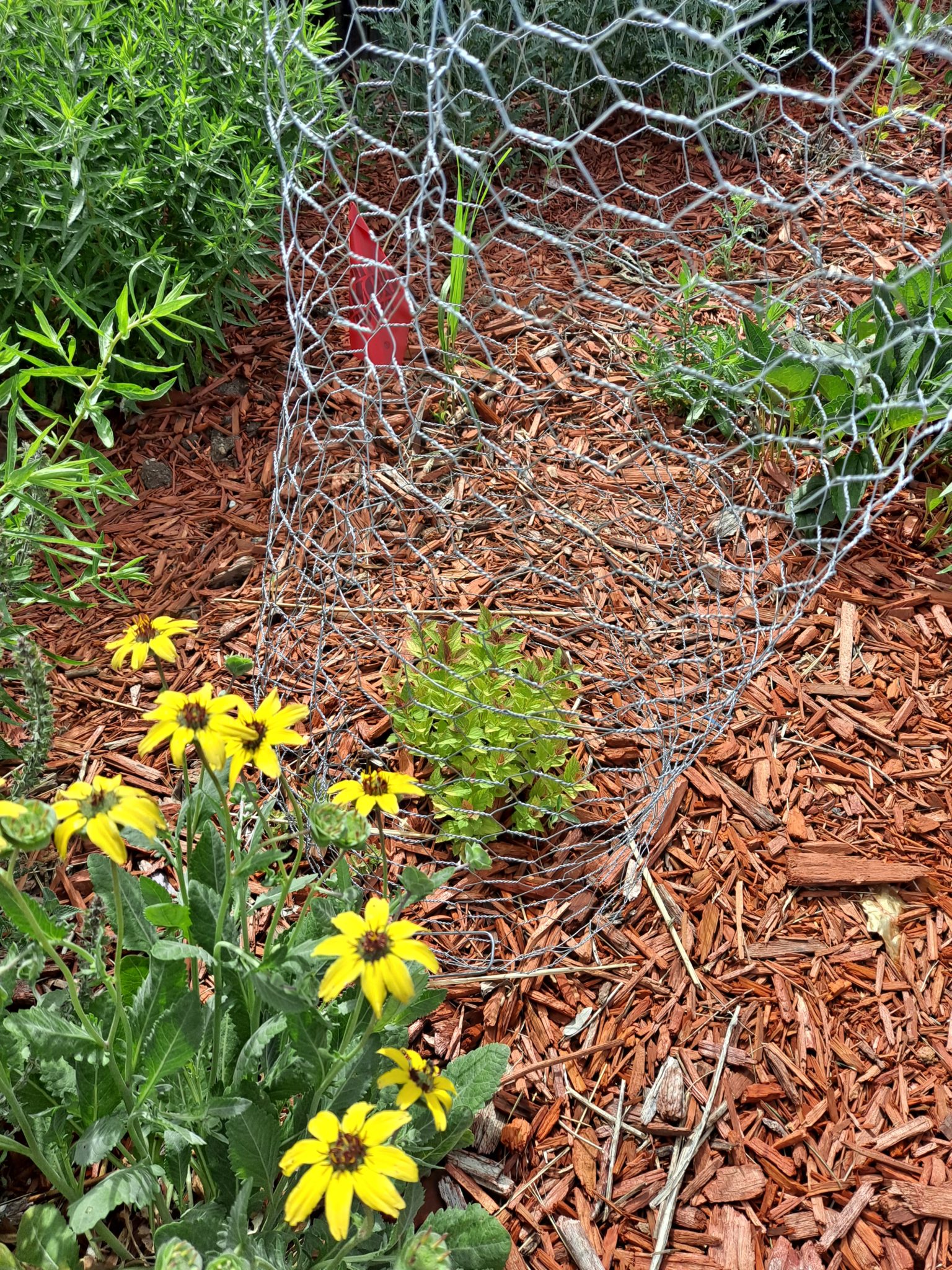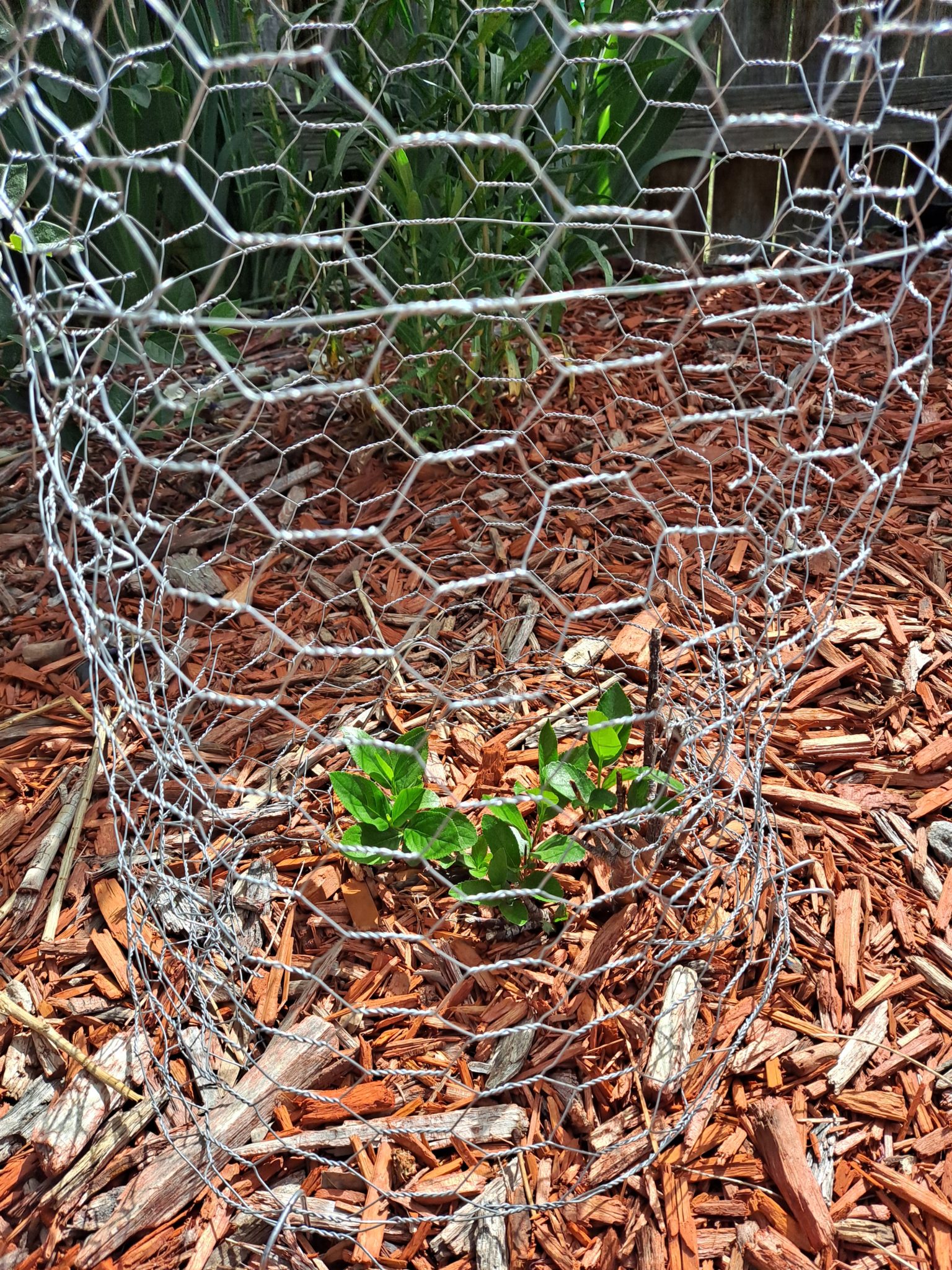
Howdy All. I know it has been a while since my last post but, as you are aware, life can get hectic sometimes.
I’ll be honest, during my recent sabbatical I seriously pondered closing down the MrVintageMan blog. My primary goal, when I first started this blog, was to improve my writing skills with an eye toward becoming a novelist or a freelance journalist. I’ve always had a dream of becoming a published writer.
But as time has gone by, I’ve come to realize that while I love the idea of being a writer, I do not have enough desire to put in the time or effort of actually becoming a writer.
Nevertheless, I have decided to continue with this blog because I feel that I still have pearls of wisdom to impart and, more importantly, pearls of wisdom to be gained from others.
Growing old with dignity
Getting older isn’t easy; in fact, as has been said by others wiser than me, “growing old ain’t for wimps”. The About this site statement at the top right corner of this blog says, “Finding purpose and happiness on the downhill side of life”. While I have written about traveling, gardening, fitness, books and more, I do not feel like I have addressed why and how these things can add purpose and happiness to the autumn years of life.
So, I aim to correct this. I won’t be making drastic changes to the way I write, but I am going to try and wrap my writing in and around the theme of “finding purpose and happiness on the downhill side of life”. Wish me luck
Simplifying
That being said, you may notice that this blog is not quite as cluttered as it was. I’ve removed most of the pages from the top of the blog, and I have removed a few widgets from the side. Hopefully, this cleaner layout will make reading this blog easier and more enjoyable.
Look forward to hearing feedback.
In the meantime, you can expect to have more consistent posts from here on out.
In the meantime, I wish you all a Happy New Year!
